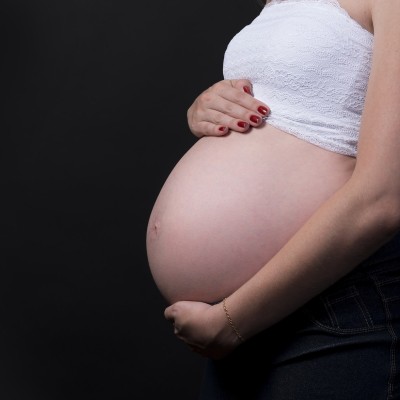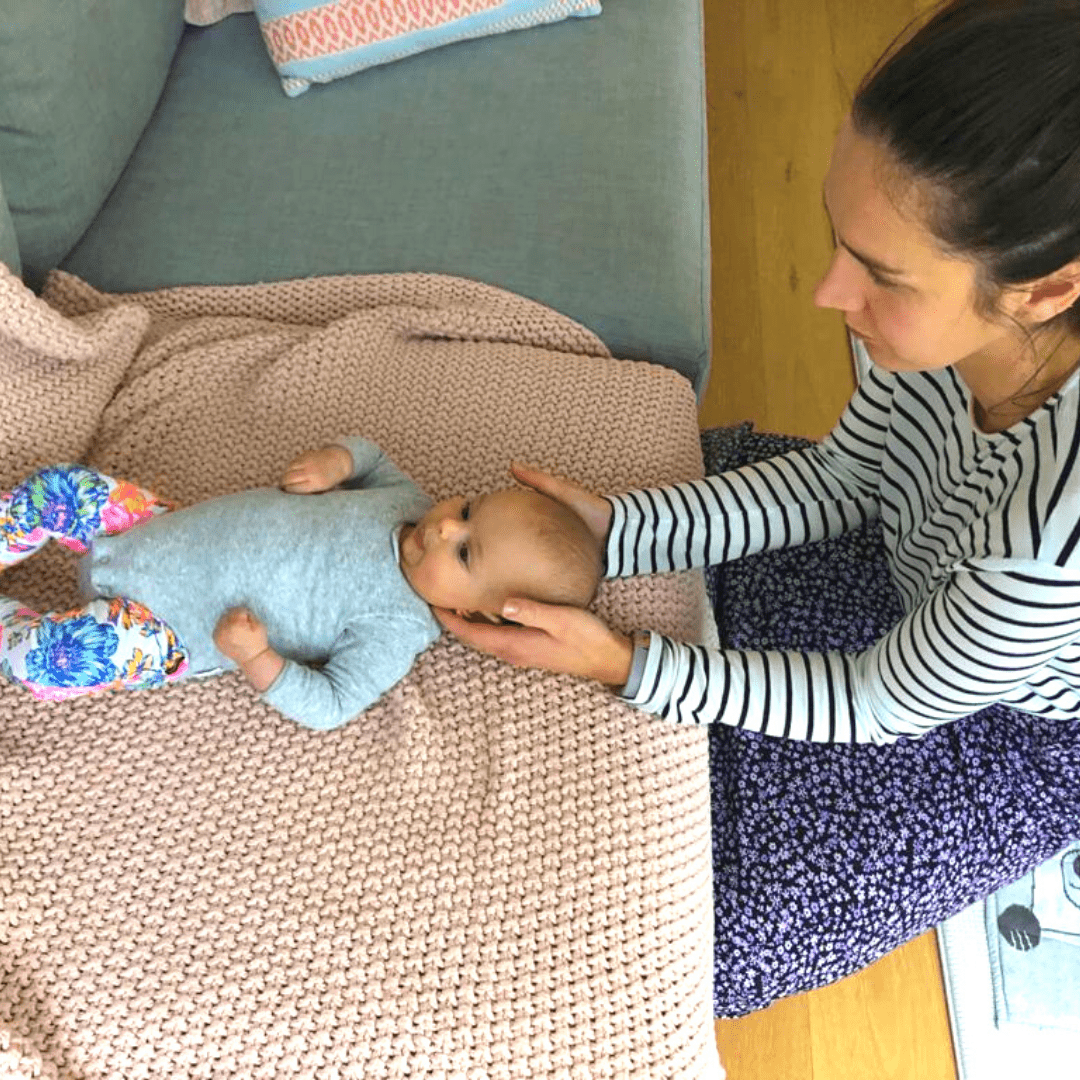
Have you noticed any asymmetry in your baby’s head shape or neck movements. If so, new mama’s, read this:
A misshaped head, clinically known as plagiocephaly is a common condition affecting up to 1 in 5 babies in their first 2 months of life. This is most prevalent at 4 months of age as prior to this babies do not have the strength to hold up their head when sitting without support.
Strains in-utero position, during or after birth may predispose neck restriction leading to a head turning preference which may then result in unilateral flattening of the head. A 2008 study indicated that 73% of newborns have one or more asymmetry, 16% of these had torticollis aka neck tightness, limiting their range of motion.
If a baby is born with a restricted neck they are susceptible to spending time with their head resting on the one side which may lead to unevenness over time. 1 in 3 mums also reported feeling that their baby remained in the same position or was stuck during their final few weeks of pregnancy. Studies have linked babies being in a confined position for six weeks or more with an increase the incidence of torticollis when compared to restricted in-utero position for shorter periods of time.
Worried this may be present in your bub? Here’s our advice:
- See an Osteopath trained in paediatrics: A 2011 study on the impact of osteopathic intervention for infants under 6.5 months old with positional plagiocephaly found significant improvements in asymmetry following 4 osteopathic treatments over a 2-month period.
- Tummy time: When bubs are positioned on their stomachs it strengthens their neck, trunk, shoulder and hands. It also prevents pressure on the head and therefore flattening.
- Repositioning: Encourage babies to turn their head to the non-preferred side. You can try this by sitting on their non-preferred side while playing or positioning their cot to be facing the window, pictures or toys in their room to capture their attention.
- Early intervention: Early diagnosis and treatment is always preferred. Early intervention for plagiocephaly is positively correlated with an increased potential for correction.
Without intervention plagiocephaly can worsen with time. Are you concerned about your child? Come see our paediatric trained osteopath, Nicole Cukierman.
Dr Nicole Cukierman is available for one on one consultations in person, as well as digital consults. Book in with Nicole and find out what’s possible for your situation.
References
- Looman, W. S., & Flannery, A. B. (2012). Evidence-based care of the child with deformational plagiocephaly, Part I: assessment and diagnosis. Journal of pediatric health care : official publication of National Association of Pediatric Nurse Associates & Practitioners, 26(4), 242–253. https://doi.org/10.1016/j.pedhc.2011.10.003
- Flannery, A. B., Looman, W. S., & Kemper, K. (2012). Evidence-based care of the child with deformational plagiocephaly, part II: management. Journal of pediatric health care : official publication of National Association of Pediatric Nurse Associates
- Stellwagen, L., Hubbard, E., Chambers, C., & Jones, K. L. (2008). Torticollis, facial asymmetry and plagiocephaly in normal newborns. Archives of disease in childhood, 93(10), 827–831. https://doi.org/10.1136/adc.2007.124123
- Lessard, S., Gagnon, I., & Trottier, N. (2011). Exploring the impact of osteopathic treatment on cranial asymmetries associated with nonsynostotic plagiocephaly in infants. Complementary therapies in clinical practice, 17(4), 193–198. https://doi.org/10.1016/j.ctcp.2011.02.001

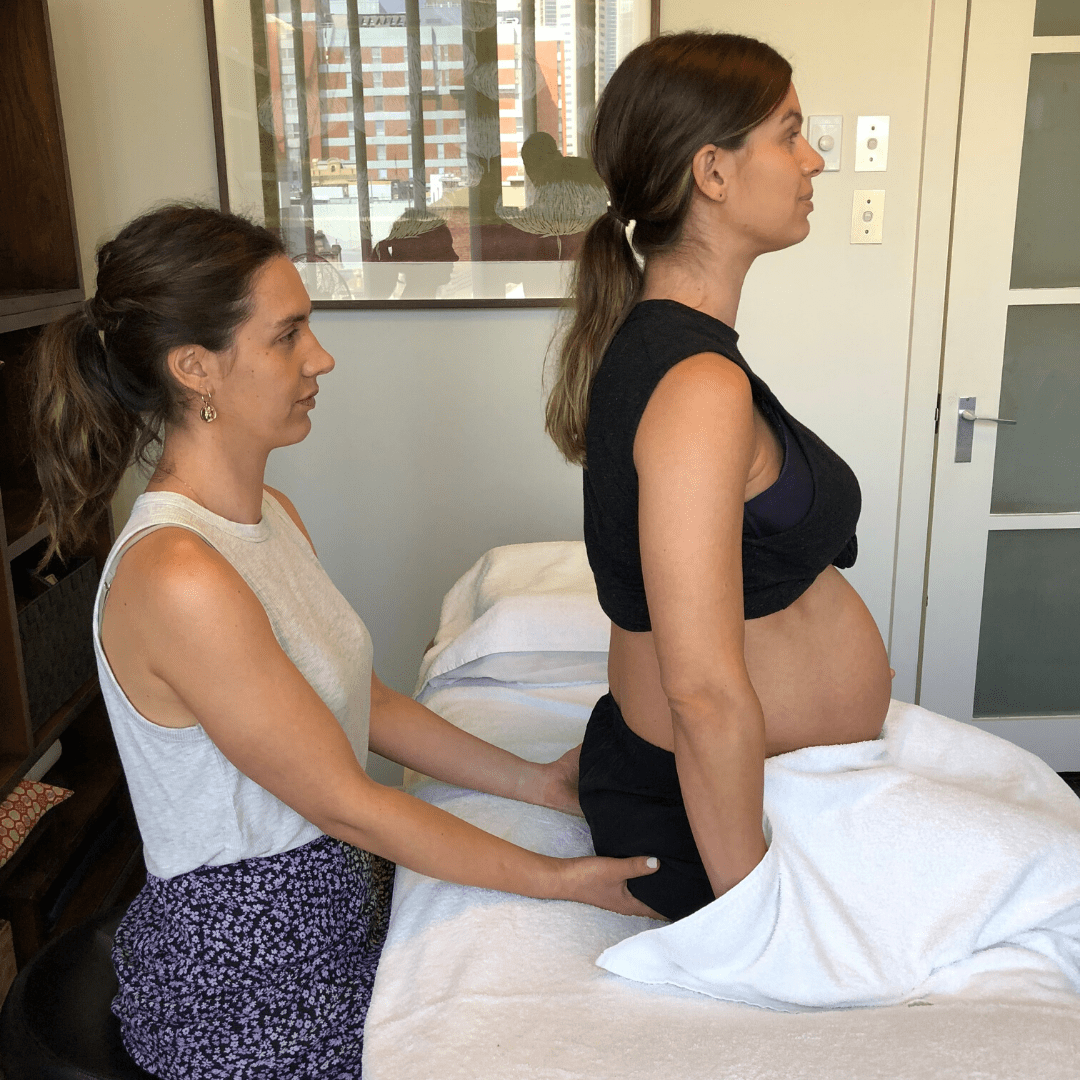
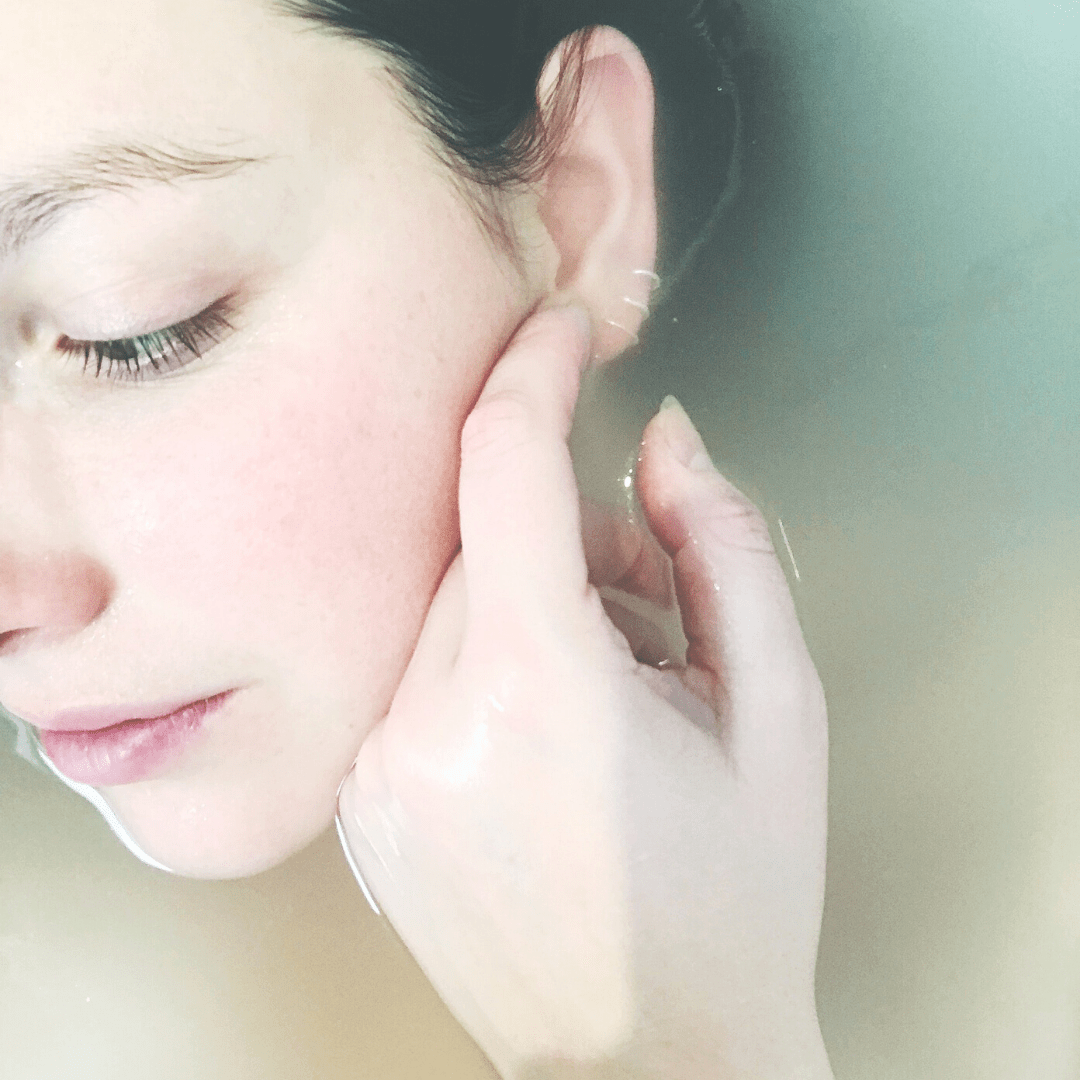

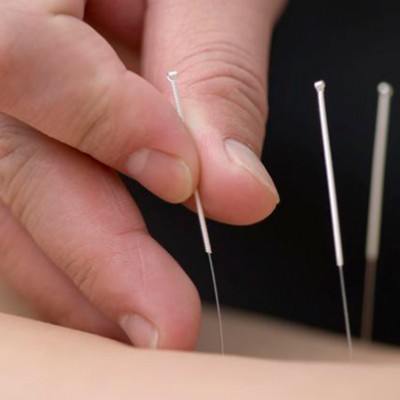

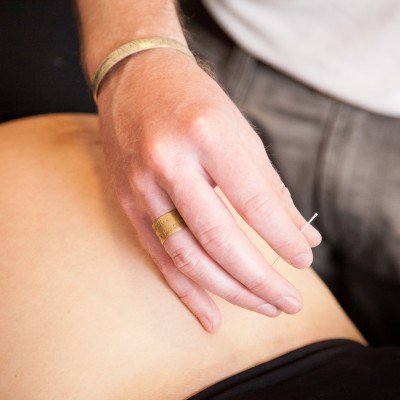




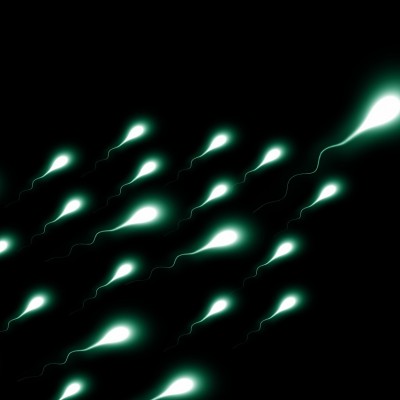

 Charmaine Dennis
Charmaine Dennis